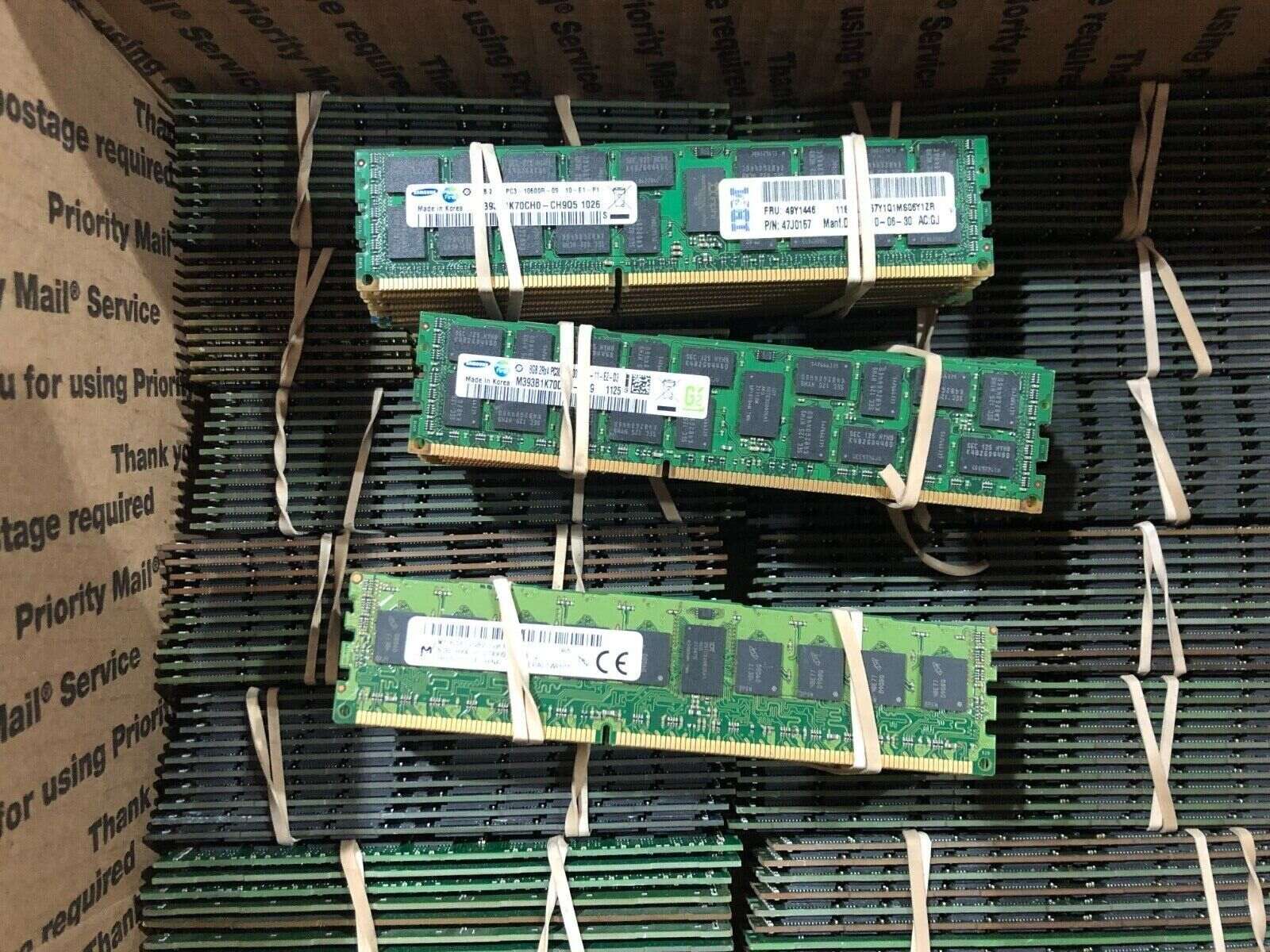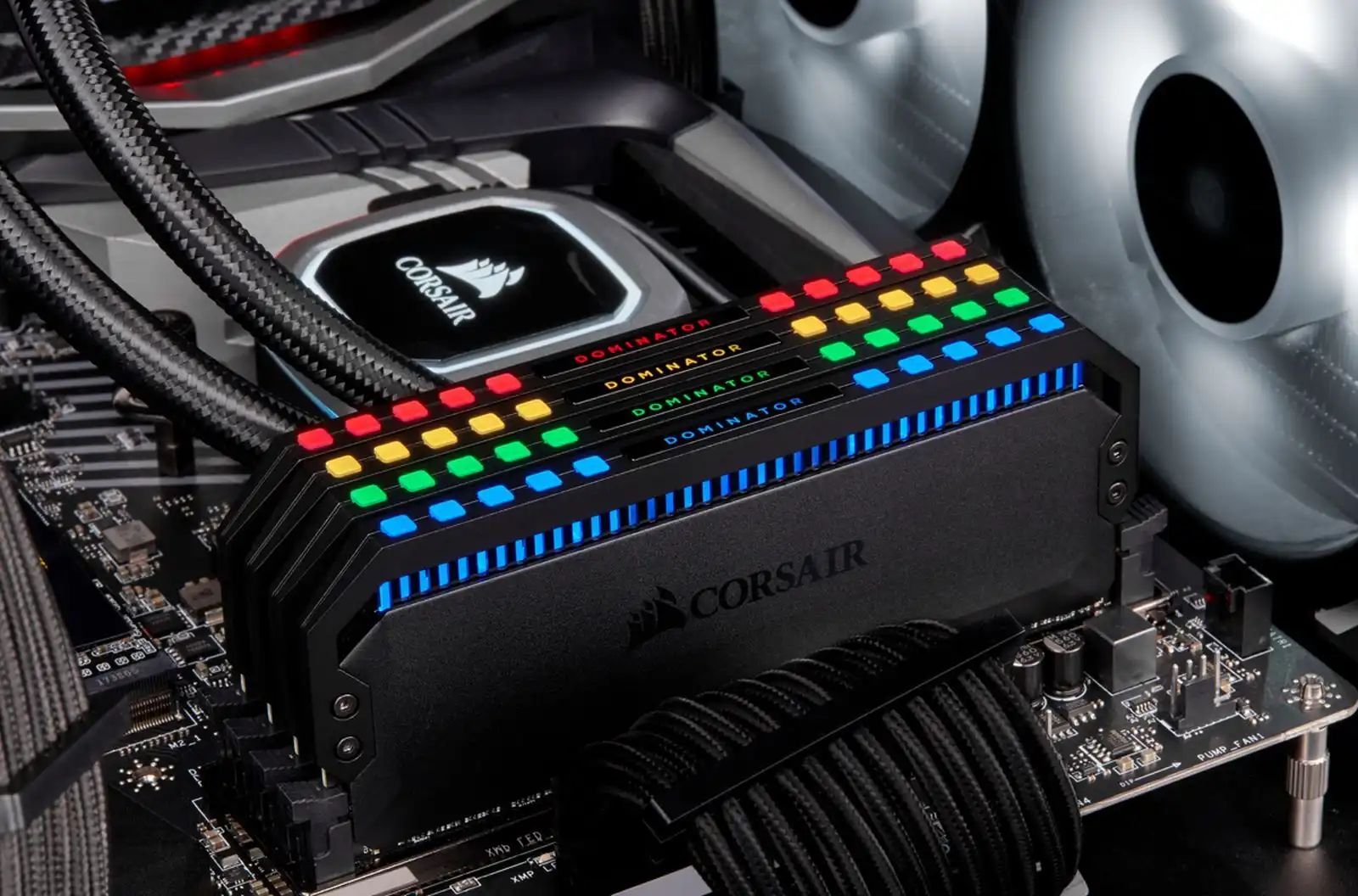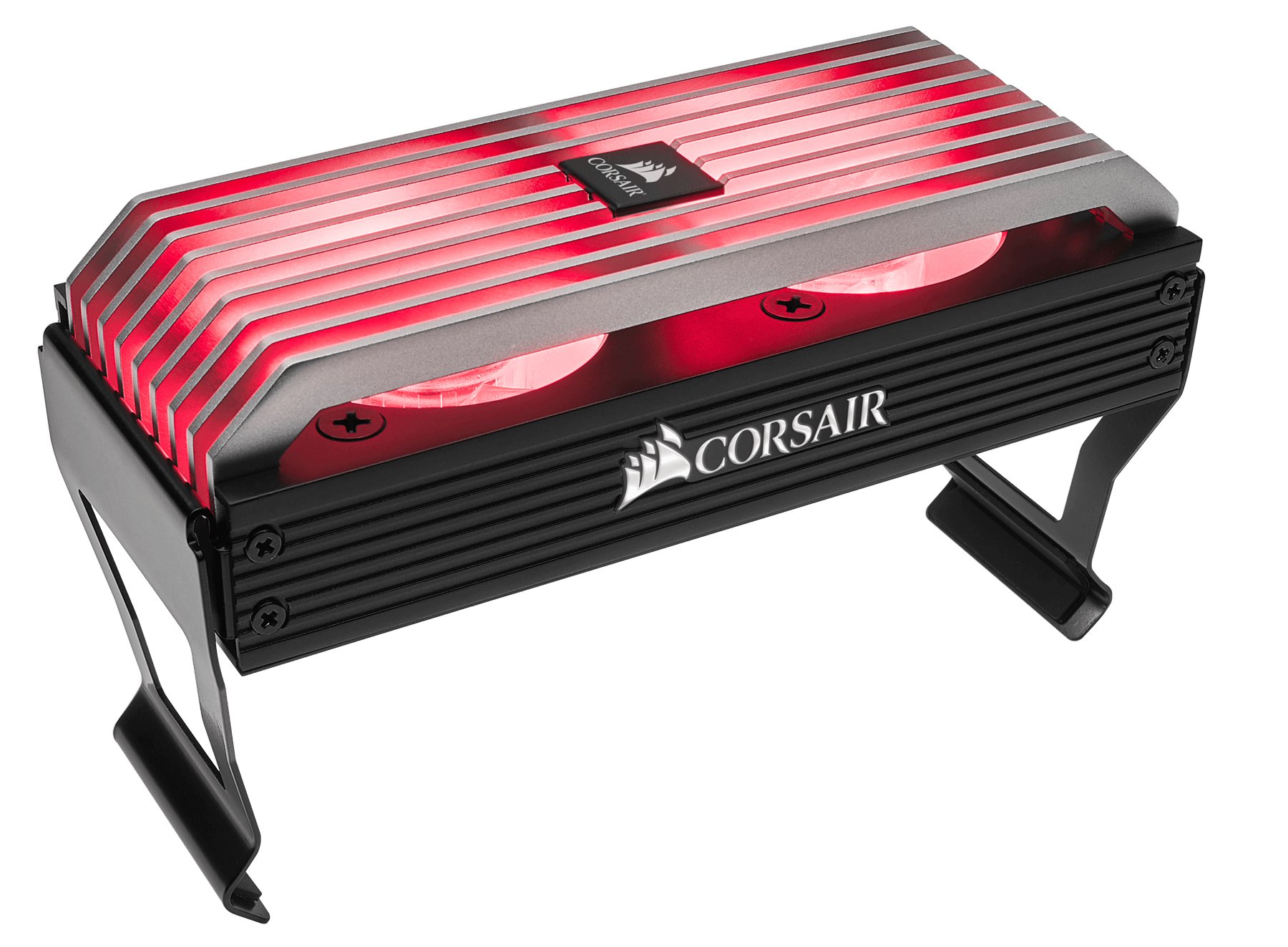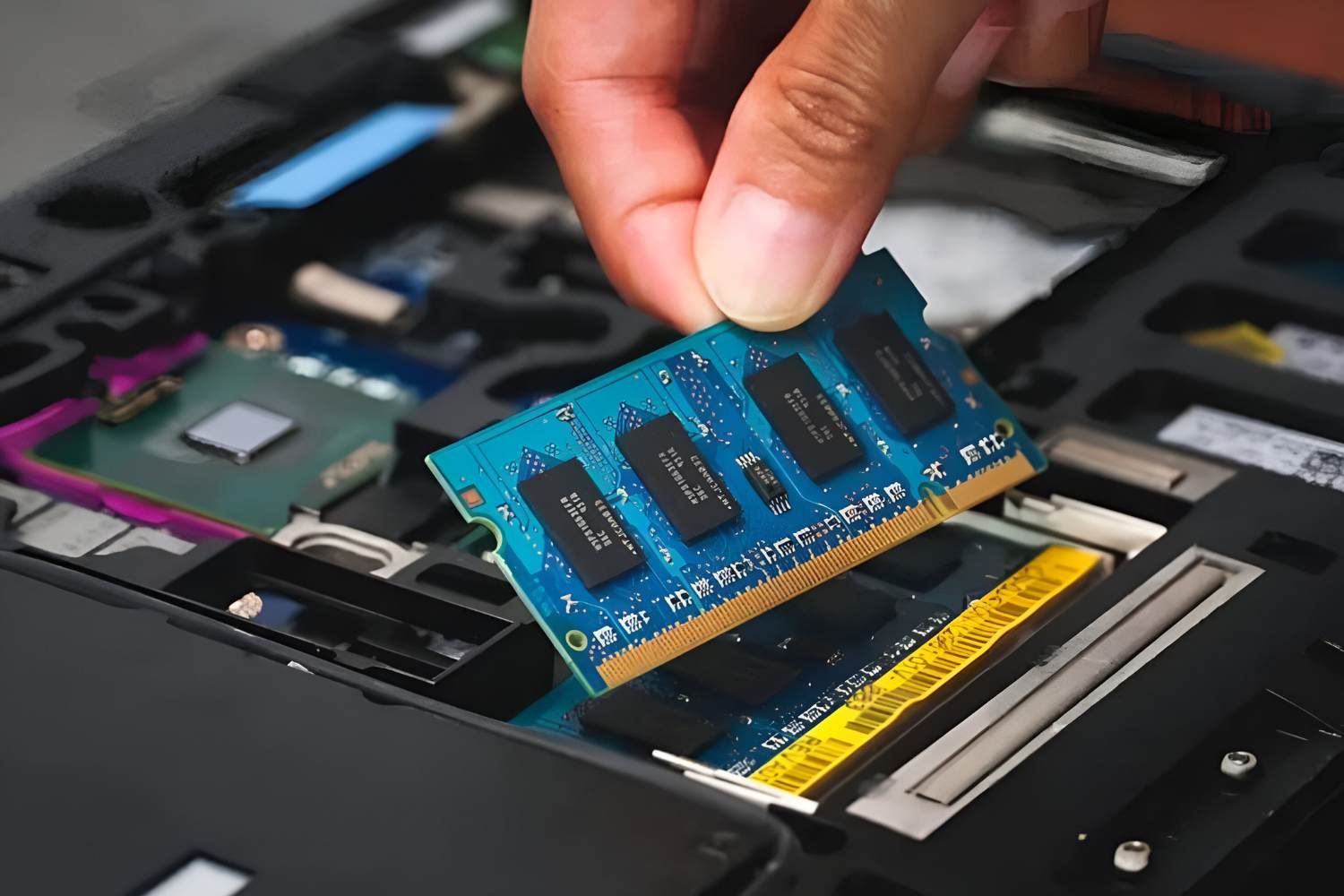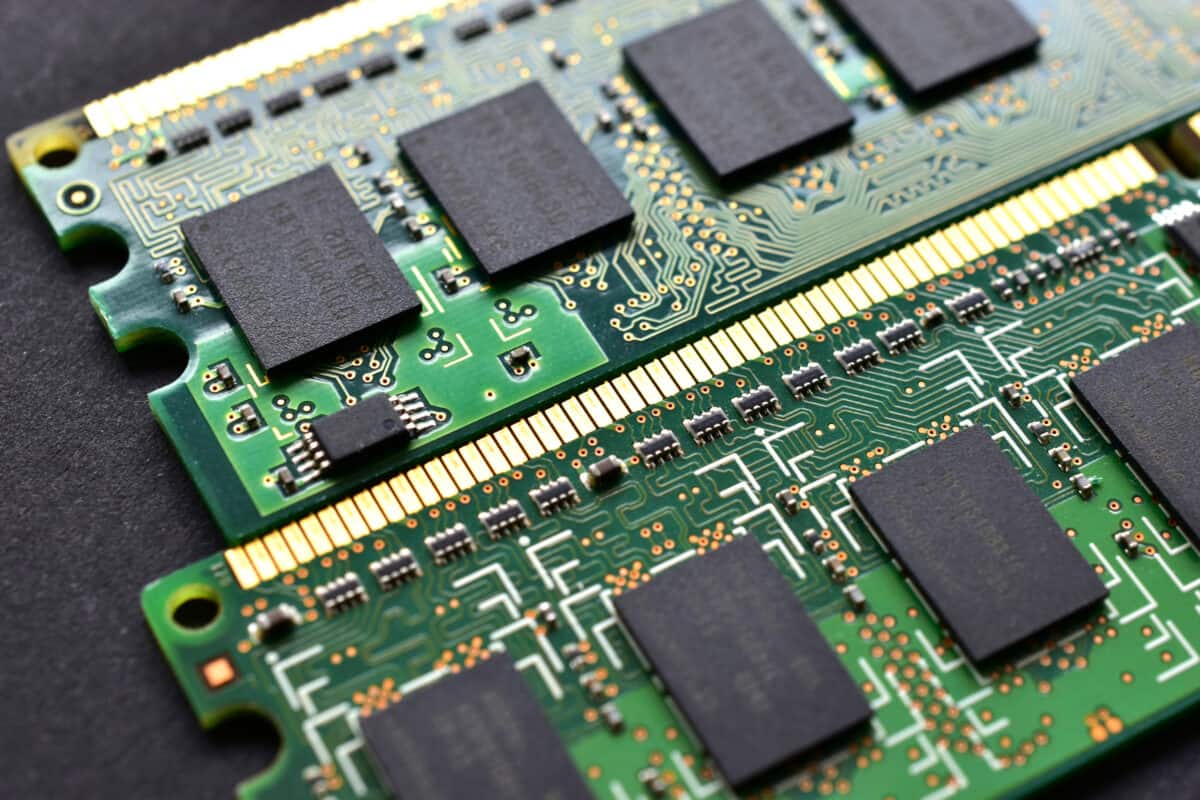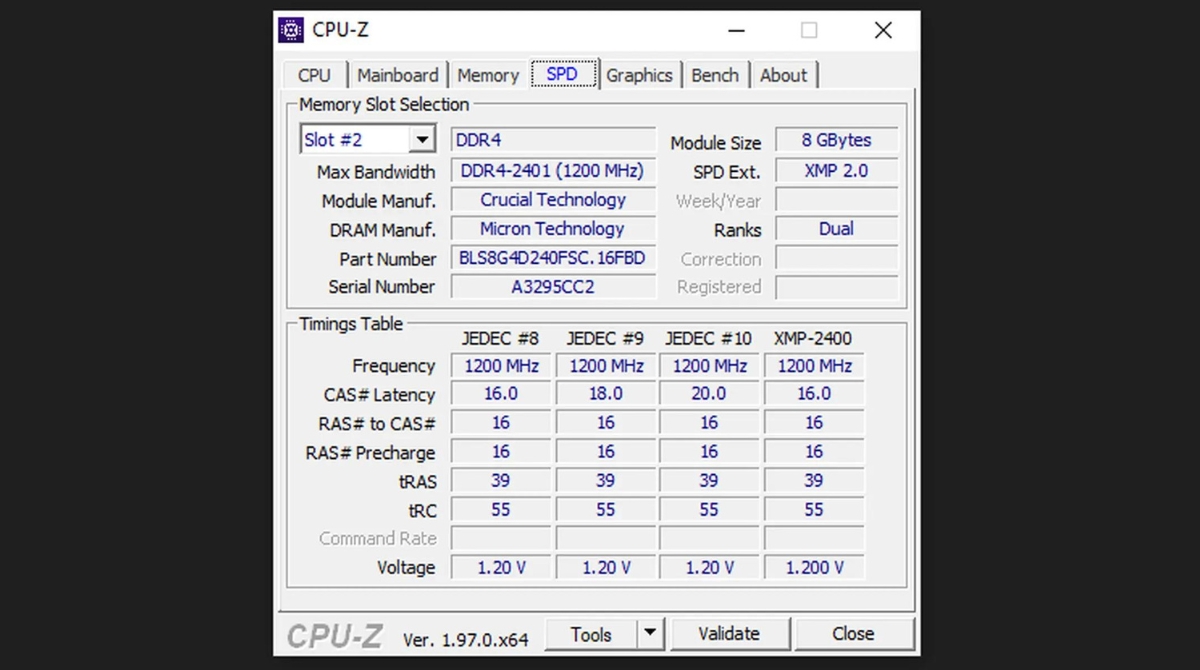Introduction
When it comes to computer hardware, understanding the specifications of your system is crucial for troubleshooting, upgrading, and ensuring compatibility with software and peripherals. One important component that often needs identification is the RAM, or Random Access Memory. RAM is an integral part of your computer’s performance, impacting the speed and efficiency of data processing.
Specifically, when it comes to identifying RAM, it’s essential to determine the type of DDR (Double Data Rate) RAM you have installed. DDR RAM has gone through several iterations, each introducing improvements in speed and bandwidth. Knowing the DDR type is important when upgrading or troubleshooting compatibility issues.
In this article, we will explore different methods to identify the DDR type of your RAM. We will cover both physical and software-based identification techniques that are applicable to various operating systems, including Windows and Mac. Whether you’re a tech enthusiast, a system administrator, or an everyday computer user, this guide will help you determine the DDR type of your RAM, allowing you to make informed decisions regarding upgrades or troubleshooting.
By the end of this article, you’ll have a thorough understanding of the different methods you can use to identify the DDR type of your RAM, whether it’s through physical examination of the memory modules or utilizing software tools available on your operating system. So, let’s dive in and unravel the mystery of DDR RAM identification!
Understanding DDR RAM
DDR RAM, or Double Data Rate RAM, is a type of computer memory used for temporary data storage. It is called “double data rate” because it performs two data transfers per clock cycle, improving overall speed and efficiency. DDR RAM has evolved over the years, with each iteration offering faster speeds and enhanced performance.
One critical aspect of DDR RAM is its compatibility with the motherboard and other system components. Different generations of DDR RAM have different electrical characteristics, pin layouts, and data transfer rates. Therefore, it is important to correctly identify the DDR type to ensure compatibility when upgrading or troubleshooting system issues.
The most common DDR RAM types are DDR, DDR2, DDR3, and DDR4. DDR was the first generation, followed by DDR2, DDR3, and the latest generation, DDR4. Each generation offers improved performance compared to its predecessor, primarily in terms of increased data transfer rates and reduced power consumption.
Data transfer rates, measured in megabits per second (Mbps) or gigabits per second (Gbps), determine the speed at which data can be transferred to and from the memory. Higher data transfer rates result in faster data processing and improved overall system performance.
It’s also important to note that DDR RAM is not backward compatible. For example, a motherboard designed for DDR3 RAM will not support DDR2 or DDR4 modules. Therefore, identifying the correct DDR type is crucial when purchasing or replacing RAM modules.
Understanding the characteristics and differences between DDR RAM types is essential for proper system maintenance and upgrades. In the next sections, we will explore various methods to determine the DDR type of your RAM, both through physical examination and by utilizing software tools available on your computer.
Different Types of DDR RAM
DDR RAM has gone through several generations, each offering improved performance and features compared to its predecessor. Let’s explore the different types of DDR RAM:
1. DDR: DDR, or DDR1, was the first generation of DDR RAM. It introduced double the data transfer rate compared to the previous SDR (Single Data Rate) RAM. DDR RAM modules have 184 pins and operate at voltage levels of 2.5V or 2.6V. However, DDR RAM is now considered outdated and less common in modern systems.
2. DDR2: DDR2 RAM is the second generation of DDR RAM. It introduced higher data transfer rates and reduced power consumption. DDR2 RAM modules have 240 pins and operate at lower voltages, typically 1.8V. They offer faster performance than DDR1 and are more commonly found in older systems.
3. DDR3: DDR3 RAM is the third generation of DDR RAM. It offers even faster data transfer rates, increased bandwidth, and lower power consumption than DDR2. DDR3 RAM modules have 240 pins and operate at voltages of 1.5V or 1.35V (low voltage DDR3L). DDR3 RAM is widely used in mid-range to high-end computers.
4. DDR4: DDR4 RAM is the most recent generation of DDR RAM. It offers even higher data transfer rates, improved power efficiency, and increased capacity compared to DDR3. DDR4 RAM modules have 288 pins and operate at voltages of 1.2V or 1.35V (low voltage DDR4L). DDR4 RAM is commonly found in modern high-performance systems.
It’s important to note that each generation of DDR RAM is physically different and not compatible with other DDR modules. Attempting to install incompatible DDR modules can result in system instability or failure to boot. Therefore, correctly identifying the DDR type of your existing RAM or determining the DDR compatibility of your motherboard is essential before any RAM upgrades or replacements.
In the next sections, we will explore various methods to identify the DDR type of your RAM, including physical identification through visual inspection and software-based identification through system information tools.
Physical Identification Methods
Physically identifying the DDR type of your RAM modules can be done through visual inspection. Here are some methods to help you determine the DDR type:
1. Check the label on the RAM: Most RAM modules have a label that provides information about the type, capacity, and speed of the module. Look for any markings that indicate the DDR type, such as “DDR2,” “DDR3,” or “DDR4.”
2. Examine the notch position: DDR RAM modules have a small notch on the connector edge that helps ensure proper installation. Different DDR types have notches placed differently. For example, DDR2 modules have the notch slightly closer to the center of the module than DDR3 modules. Pay attention to the position of the notch to identify the DDR type correctly.
3. Count the number of pins: DDR RAM modules have a specific number of pins, which can vary depending on the DDR generation. For example, DDR2 modules have 240 pins, while DDR3 modules have 240 pins as well. DDR4 modules, on the other hand, have 288 pins. Count the number of pins on your RAM module to narrow down the DDR type.
4. Consult the manufacturer’s documentation: If you have access to the documentation or specifications of your RAM modules, refer to them to identify the DDR type. The documentation should clearly state the DDR generation and other relevant information about the module.
Be cautious when physically handling RAM modules. Ensure that you are properly grounded to avoid static electricity, and handle the modules by their edges to prevent causing damage due to static discharge.
While physical identification can be helpful, it might not always be definitive or accessible, especially if the modules are already installed. In such cases, software-based identification methods are effective alternatives, as they provide detailed system information to identify the DDR type of your RAM modules.
In the next sections, we will explore software-based identification methods for different operating systems, such as Windows and macOS, to help you determine the DDR type using system information tools.
Software Identification Methods
Software-based methods can help identify the DDR type of your RAM by accessing the system information provided by your operating system. Here are some software identification methods you can use:
1. Checking the BIOS: The Basic Input/Output System (BIOS) of your computer can provide information about your installed RAM modules, including the DDR type. To access the BIOS, restart your computer and look for instructions to enter the BIOS setup. Once in the BIOS, navigate to the memory or system information section, where you should find details about the DDR type of your installed RAM.
2. Checking Windows System Information: On a Windows computer, you can use the built-in System Information tool to gather information about your system components. To access it, press the Windows key + R to open the Run dialog, type “msinfo32,” and hit Enter. In the System Information window, expand the Hardware Resources category and click on the Memory option. Here, you’ll find the DDR type, along with other details about your installed RAM modules.
3. Checking Mac System Information: If you’re using a Mac computer, you can find information about the DDR type using the System Information tool. To access it, click on the Apple menu in the top-left corner of the screen, select “About This Mac,” and then click on “System Report.” In the System Information window, expand the Hardware category and click on the Memory option. Here, you’ll find detailed information about your installed RAM, including the DDR type.
4. Third-party System Information Tools: There are also third-party system information tools available that provide detailed information about your computer’s hardware. Popular tools like CPU-Z and Speccy can accurately identify the DDR type of your RAM modules. Simply download and install the tool of your choice, and navigate to the memory section to find the DDR type information.
Using software-based identification methods is convenient, as they provide precise and easily accessible information about your installed RAM. You can use them even if your RAM modules are already installed on the motherboard.
Now that you have learned about the physical and software identification methods, you can confidently determine the DDR type of your RAM. In the upcoming sections, we will discuss how to check the DDR type using the BIOS, Windows System Information, and Mac System Information in detail.
Checking the BIOS
The BIOS, or Basic Input/Output System, is a firmware embedded in your computer’s motherboard. It controls the initial startup process and provides low-level hardware initialization and configuration. Accessing the BIOS can provide valuable information about your system components, including the DDR type of your installed RAM modules.
To check the DDR type in the BIOS, follow these steps:
1. Restart your computer: Start by restarting your computer. During the boot process, you’ll need to enter the BIOS setup.
2. Enter the BIOS setup: The method to enter the BIOS setup may vary depending on your computer’s manufacturer and model. Common keys for entering the BIOS include Delete, F2, F10, or Esc. Pay attention to the screen during startup, as it may display a message indicating the key to access the BIOS setup. Press the appropriate key to enter the BIOS.
3. Navigate to the memory or system information: Once in the BIOS setup, look for a section or tab that contains system information or memory settings. The exact location of this section can vary depending on your computer’s BIOS version and manufacturer.
4. Identify the DDR type: In the memory or system information section, you should find details about your installed RAM, including the DDR type. It may be displayed as “DDR,” “DDR2,” “DDR3,” or “DDR4,” depending on the generation of your RAM modules.
5. Exit and save: After noting the DDR type, save any changes made in the BIOS settings and exit the setup. Your computer will continue to boot normally.
Keep in mind that the exact steps to check the DDR type in the BIOS may differ depending on your computer’s BIOS version and manufacturer. If you’re unsure about the specific steps, refer to your computer’s documentation or manufacturer’s website for guidance.
The BIOS is a reliable source of information regarding your system components, including the DDR type. However, if you’re unable to access the BIOS or prefer software-based methods, you can utilize system information tools available in your operating system, such as Windows System Information or Mac System Information, to check the DDR type of your installed RAM modules.
Checking Windows System Information
In Windows, you can use the built-in System Information tool to gather detailed information about your computer’s hardware components, including the DDR type of your installed RAM modules. Here’s how you can check the DDR type using Windows System Information:
1. Open the Run dialog: Press the Windows key + R on your keyboard to open the Run dialog.
2. Launch System Information: In the Run dialog, type “msinfo32” and hit Enter. This will open the System Information window.
3. View hardware resources: In the System Information window, you’ll see a list of different categories on the left-hand side. Expand the “Hardware Resources” category by clicking on the arrow next to it.
4. Click on Memory: Under the “Hardware Resources” category, you’ll find the “Memory” option. Click on it to view information about your computer’s memory modules.
5. Check the DDR type: In the Memory section, you’ll find detailed information about your installed RAM modules, including the DDR type. Look for the “DDR” field, which will display the DDR generation of your RAM, such as DDR2, DDR3, or DDR4.
Windows System Information provides comprehensive details about your computer’s hardware, making it a reliable tool to check the DDR type of your RAM modules. If you have multiple RAM modules installed, you can easily identify the DDR type of each module using this tool.
It’s important to note that the exact steps may vary slightly depending on your version of Windows. However, the general process should be similar across Windows versions.
If you’re unable to access Windows System Information or prefer alternative software-based methods, you can also use third-party system information tools like CPU-Z or Speccy. These tools can provide detailed information about your computer’s hardware components, including the DDR type of your installed RAM modules.
Now that you know how to check the DDR type using Windows System Information, let’s move on to exploring how to check it using Mac System Information for macOS users.
Checking Mac System Information
In macOS, you can use the built-in System Information tool to gather detailed information about your Mac’s hardware components, including the DDR type of your installed RAM modules. Here’s how you can check the DDR type using Mac System Information:
1. Open System Information: Click on the Apple menu in the top-left corner of your screen and select “About This Mac.”
2. Access System Report: In the “About This Mac” window, click on the “System Report” button. This will open the System Information window, also known as System Profiler.
3. Navigate to the Memory section: In the System Information window, you’ll find a sidebar on the left-hand side with several categories. Click on the “Memory” option under the “Hardware” category.
4. Check the DDR type: In the Memory section, you’ll find detailed information about your installed RAM modules. Look for the “Type” field, which will display the DDR generation of your RAM, such as DDR2, DDR3, or DDR4.
Mac System Information provides comprehensive details about your Mac’s hardware, making it a reliable tool to check the DDR type of your RAM modules. It allows you to view information about each installed RAM module, including its capacity, speed, and timing details.
If you have multiple RAM modules installed, you can easily identify the DDR type of each module using this tool. Additionally, you can also check other important information like serial numbers and part numbers for your RAM modules, which can be helpful for troubleshooting or upgrading purposes.
Keep in mind that the steps to access Mac System Information may vary slightly depending on the version of macOS you are using. However, the general process should be similar across macOS versions.
If you prefer alternative software-based methods or want more detailed information, you can also use third-party system information tools like CPU-Z or iStat Menus. These tools offer additional features and customization options while providing detailed information about your Mac’s hardware components, including the DDR type of your installed RAM modules.
Now that you know how to check the DDR type using Mac System Information, you are equipped with the necessary knowledge to identify the DDR type of your RAM modules on a macOS system.
Conclusion
Identifying the DDR type of your RAM modules is essential for ensuring compatibility, troubleshooting issues, and making informed decisions when upgrading your computer’s memory. Throughout this article, we have explored various methods to determine the DDR type, including physical examination and software-based identification using system information tools.
Physically identifying the DDR type can be done by checking the labels or markings on the RAM modules, examining the position of the notch, and counting the number of pins. These methods are helpful when you have access to the physical modules or when visually inspecting them.
Alternatively, software-based identification methods provide detailed information about your RAM modules through access to system information tools. Checking the BIOS, using Windows System Information on Windows computers, or utilizing Mac System Information on macOS systems are effective ways to determine the DDR type without physically inspecting the RAM modules.
By combining both physical and software-based identification methods, you can confidently identify the DDR type of your RAM modules, allowing you to make informed decisions about upgrades, replacements, and troubleshooting.
Remember, correctly identifying the DDR type is crucial to ensure compatibility with your motherboard and other system components. Attempting to install incompatible DDR modules can lead to system instability or failure to boot. Always consult your computer’s documentation or seek professional advice if you’re unsure or need assistance.
We hope this guide has provided you with valuable insights and practical methods to accurately identify the DDR type of your RAM modules. With this knowledge, you can optimize your computer’s performance, improve its efficiency, and make informed decisions when it comes to memory upgrades and maintenance.
Thank you for reading, and we wish you success in identifying the DDR type of your RAM modules!









